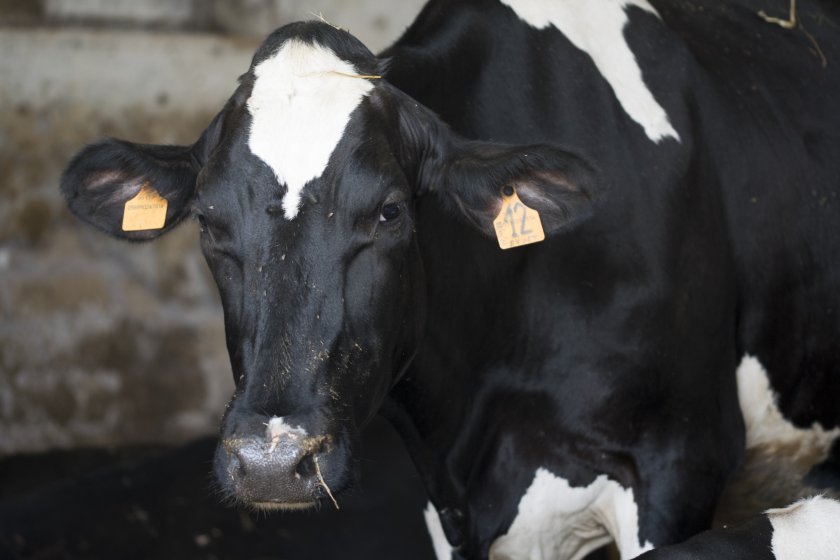
Farmers have been told to 'follow the legislation' on animal movement restrictions after a new emerging strain of bluetongue virus was confirmed on the weekend.
A case of bluetongue virus (BTV-3) was confirmed in a single cow on a farm near Canterbury, Kent, following routine surveillance by Defra.
The last outbreak of bluetongue in the UK was in 2007, meaning it had been officially free of the virus since 2011.
Ruminant Health & Welfare (RH&W), a livestock industry group, has advised farmers to remain 'extremely vigilant' of the disease.
It has emphasised the need for farmers to ensure that legislation on restrictions on animal movements was followed closely.
The identified animal on the Kent farm has been culled to reduce further risks of disease transmission, Defra confirmed.
A 10km temporary control zone has also been put in place surrounding the farm to minimise disease spread.
Defra said it would be undertaking further investigations to determine if there has been any local transmission.
BTV-3 is a viral disease transmitted by biting midges, which affects sheep, cattle, goats, deer, llamas and alpacas.
This new emerging strain has been spreading rapidly in Europe in recent months, and with no current vaccine for this BTV-3 strain, RH&W has issued advice to farmers and their vets.
A spokesperson for the group said it was 'paramount' that legislation was followed and for farmers and vets to 'take action and remain extremely vigilant'.
"Farmers need to beware when buying animals in, take action to report any signs, and always, remain vigilant," the spokesperson said.
"Farmers must discuss the risks of importing stock from BTV affected countries, and pre movement testing, with their vet to mitigate risks and avoid buying in or spreading this vector borne disease."
How can I remain vigilant?
The RH&W has called on farmers to beware when buying animals in as well as to take action on the following points:
• Buyer beware, source animals from Europe responsibly and request pre-movement testing.
• Take action, prioritise biosecurity and report any suspicious clinical signs.
• Vigilance is key, monitor livestock closely.
